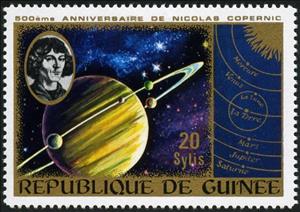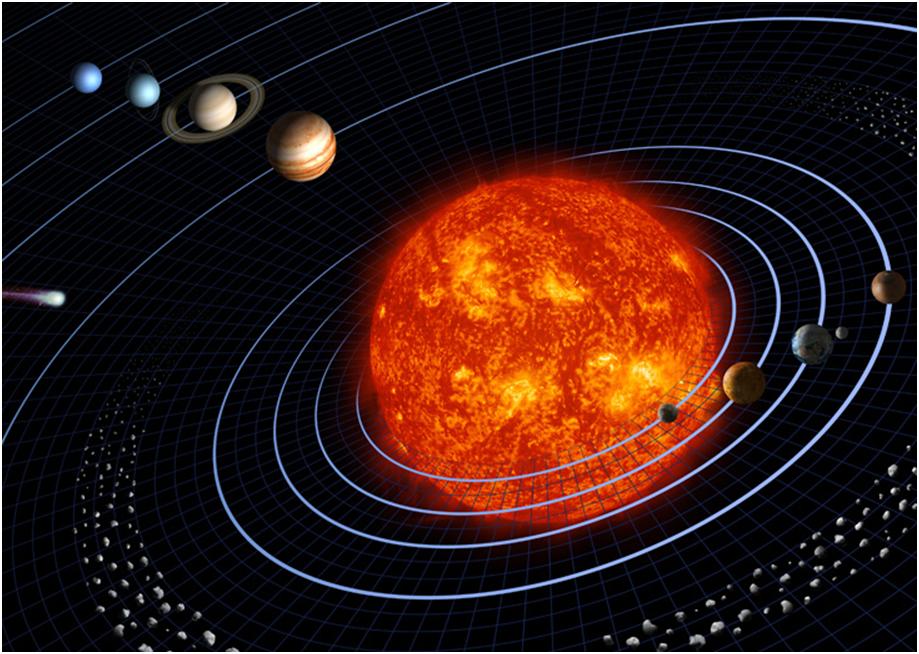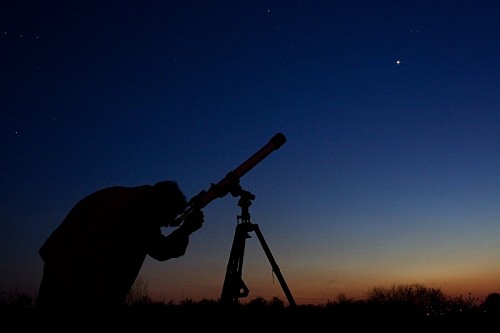Stamp: Nicolas Copernicus- Saturn, Solar System (Guinea, Social Democratic Republic 1973)
Nicolas Copernicus- Saturn, Solar System (Guinea, Social Democratic Republic 1973)
17 December (Guinea, Social Democratic Republic ) within release Nicolas Copernicus goes into circulation Stamp Nicolas Copernicus- Saturn, Solar System face value 20 Guinean syli
| Stamp Nicolas Copernicus- Saturn, Solar System in catalogues | |
|---|---|
| Michel: | Mi:GN 683 |
| Yvert et Tellier: | Yt:GN 516 |
Stamp is square format.
Also in the issue Nicolas Copernicus:
- Stamp - Nicolas Copernicus- Moon surface, Solar System face value 0.50;
- Stamp - Nicolas Copernicus- Moon surface face value 2;
- Stamp - Surface of the Moon, spaceship face value 5;
- Stamp - Nicolas Copernicus- Saturn, Solar System face value 20;
- Stamp - Nicolas Copernicus face value 20;
- Souvenir Sheet - Nicolas Copernicus face value 80;
Stamp Nicolas Copernicus- Saturn, Solar System it reflects the thematic directions:
Celestial bodies or heavenly bodies are objects in space such as the sun, moon, planets, and stars. They form a part of the vast universe we live in and are usually very far from us.
An astronomer is a scientist in the field of astronomy who focuses their studies on a specific question or field outside the scope of Earth. They observe astronomical objects such as stars, planets, moons, comets and galaxies – in either observational (by analyzing the data) or theoretical astronomy. Examples of topics or fields astronomers study include planetary science, solar astronomy, the origin or evolution of stars, or the formation of galaxies. A related but distinct subject is physical cosmology, which studies the Universe as a whole
Outer space (or simply space) is the expanse that exists beyond Earth's atmosphere and between celestial bodies. It contains ultra-low levels of particle densities, constituting a near-perfect vacuum of predominantly hydrogen and helium plasma, permeated by electromagnetic radiation, cosmic rays, neutrinos, magnetic fields and dust. The baseline temperature of outer space, as set by the background radiation from the Big Bang, is 2.7 kelvins (−270 °C; −455 °F)



